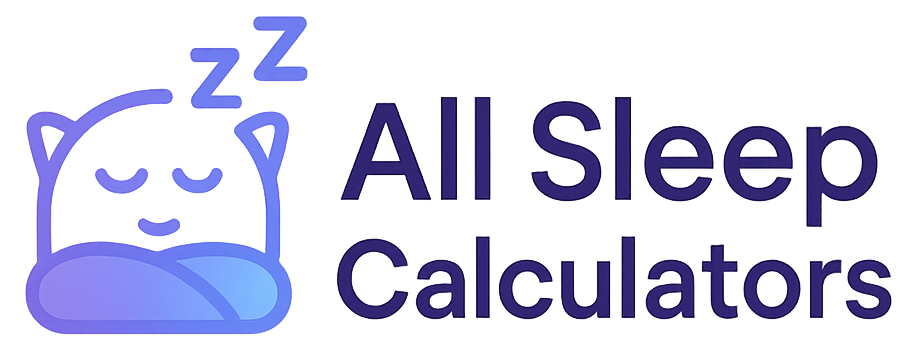Introduction to Sleep Stages
Sleep is not a uniform state but rather a dynamic process that cycles through distinct stages throughout the night. Each sleep stage serves different physiological and neurological functions essential for your overall health and well-being.
Sleep scientists classify sleep into two main types:
- Non-REM (NREM) sleep - Divided into three stages (N1, N2, and N3)
- REM (Rapid Eye Movement) sleep - A single, distinct stage
Did you know? The older classification system divided NREM sleep into four stages (stages 1-4), with stages 3 and 4 combined in the newer classification as N3 (deep sleep).
NREM Stage 1 (N1) - Light Sleep
N1 sleep is the lightest stage of light sleep and represents the transition between wakefulness and sleep.
- Brief period (1-5 minutes, typically about 5% of total sleep time)
- Easily awakened
- May experience sudden muscle contractions (hypnic jerks)
- Slower eye movements
- Reduced muscle activity
- Characterized by theta brain waves (4-7 Hz)
NREM Stage 2 (N2) - Intermediate Sleep
N2 sleep is a deeper form of light sleep and makes up the largest portion of your total sleep time.
- Comprises about 45-50% of total sleep in adults
- Body temperature decreases
- Heart rate slows down
- Characterized by sleep spindles (bursts of rapid brain activity)
- Presence of K-complexes (brief, high-voltage brain waves)
- Still relatively easy to wake from, but less so than N1
NREM Stage 3 (N3) - Deep Sleep
N3 sleep, also known as deep sleep or slow-wave sleep (SWS), is the most restorative stage of sleep.
- Comprises about 15-25% of total sleep in adults (decreases with age)
- Difficult to wake someone during this stage
- Characterized by delta waves (slow, high-amplitude brain waves)
- Critical for physical restoration and recovery
- Growth hormone release and tissue repair occur
- Immune system strengthening takes place
- Strongly linked to memory consolidation, especially declarative memory
REM Sleep
REM sleep is a distinct sleep stage characterized by rapid eye movements, increased brain activity, and dreaming.
- Comprises about 20-25% of total sleep in adults
- First REM period typically occurs 90 minutes after falling asleep
- REM periods get longer as the night progresses
- Characterized by muscle atonia (temporary paralysis of major muscle groups)
- Increased heart rate and irregular breathing
- Brain activity similar to wakefulness
- Most vivid dreaming occurs
- Critical for cognitive functions, emotional processing, and procedural memory
Sleep Cycles
These sleep stages don't just occur once per night but repeat in cycles throughout the night. Each cycle typically lasts about 90 minutes, and most people experience 4-6 complete cycles each night.
The composition of these cycles changes throughout the night:
- Earlier cycles contain more deep sleep (N3)
- Later cycles contain more REM sleep
- N1 and N2 appear throughout all cycles

Typical pattern of sleep stages across a night of sleep, showing how the proportion of each stage changes through the night.
Why Sleep Stages Matter
Understanding sleep stages is important because each stage serves different functions:
- Deep Sleep (N3) - Physical restoration, immune function, hormone regulation
- REM Sleep - Cognitive function, emotional processing, brain development
- Light Sleep (N1, N2) - Transition between wake and deeper sleep, some cognitive processing
Disruptions to specific sleep stages can lead to different symptoms and health issues. For example, inadequate deep sleep can lead to physical fatigue, while insufficient REM sleep may impact mood and cognitive function.
Want to optimize your sleep quality?
Our calculators can help you time your sleep to complete full sleep cycles:
